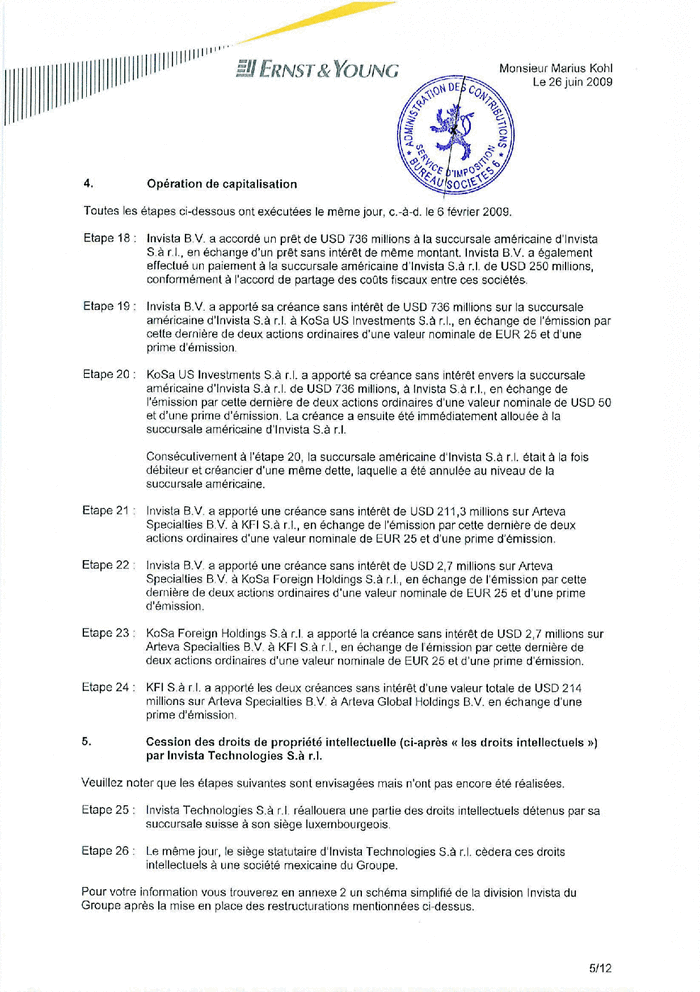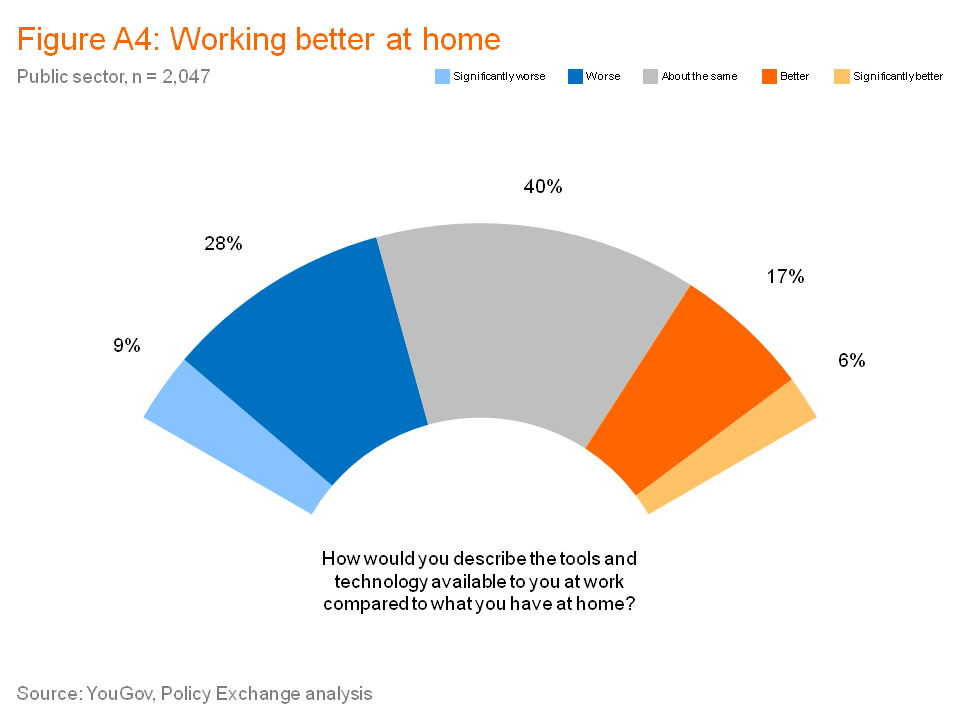How the new 12b(1) fee restrictions could transform the financial advisory industry
Post on: 28 Март, 2015 No Comment

Brokers selling 401(k) plans may have another nail driven into their coffin
Wednesday 7.21.10 by Elizabeth MacBride
A new SEC proposal to cap, rename and force disclosure of infamous 12b(1) fees looks to be another gift to the fee-based world of advisors and another nail in the coffin of the commission-based brokerage business model.
The proposal, which is entering a 90-day comment period and is likely to be the subject of a tsunami of lobbying because the stakes are so high, caps the amount of fees that mutual fund companies can collect from their clients and use to compensate brokers who sell their funds.
The change could push more brokers to embrace the advisory business model, in order to be able to replace 12b(1) fees with AUM fees. It could put advisors on more of a level playing field with brokers in the 401(k) advice businesses and might, at the same time, put many smaller retirement plans under strain.
The key details of the proposal are these:
The proposal limits the amount of asset-based sales charges that individual investors pay. The proposal would restrict ongoing sales charges to the highest fee charged by the fund for shares that have no ongoing sales charge. For example, if one class of the fund charges a 4% front-end sales charge, another class could not charge more than 4% cumulatively to investors over time. The fund would keep track of how long investors have been paying ongoing sales charges.
Separately, funds could continue to pay 0.25 percent per year out of their assets for distribution as marketing and service fees, for expenses such as advertising, sales compensation and services.
To read the rest of the SECs fact sheet about the proposal, go here .
Investor advocates were generally thrilled by the proposal.
Based on our understanding of the proposal, we think it is a very positive step for investors, said Barbara Roper, director of investor protection for the Consumer Federation of America. It appears to take a reasonable approach that preserves the 25-basis-point administrative fee while applying appropriate limits to the portion of the 12b-1 fees used primarily to compensate brokers. If it is adopted and appropriately implemented, investors should get the best of both worlds, the choice of an incremental sales charge but without the risk of paying compensation fees above the legal limit.
I talked to four experts in the RIA world to look more deeply into how this potentially transformative shift could play out. Heres what I learned.
The impact in the 401(k) world
Jim Sotell, managing director of Comperio Retirement Consulting Inc. a Chapel Hill-based firm with $500 million of retirement assets under advisement, says he believes the change, combined with new rules from the Department of Labor calling for more disclosure, will ultimately play out to advisors advantage. See One down, two to go: Trio of important DOL regs reshapes 401(k) advice business .
The chief advantage of 12b(1) fees for brokers has always been that they were hidden investors didnt notice them or understand them if they did. By limiting the amount that can be charged via mutual fund accounts, the SEC is forcing retirement plans to find other ways to pay for plan services. Those other ways are likely to be out in the open.
RIA fees have always been out in the open and RIAs have often been forced to justify them.
Now everything is coming to the surface, he says. RIAs stand a good chance of benefiting.
Some retirement plan sponsors may be in for a rude awakening as the fees come to the light of day. Sotell said hes aware, for instance, a $20 million plan that a broker was charging $100,000 a year to advise on.
He said the most profound affects will be in the market of retirement plans of under $10 million. Those plans typically must pay brokers and advisors more than 25 basis points to manage the plans to convince brokers to take on the accounts.
Sotell added that he believes more 401(k) advisors both RIAs and not will eventually adopt a flat-fee system for advising retirement plans. His firm uses one.
Pushing more brokers to consider the advisory model
Ron Rhoades, RIABizs One-Man Think Tank columnist, sent us his thoughts on the implications of the rule change.
1. This will transform the existing business model of many brokerage firms, who came to rely upon the 1% (0.75% plus 0.25% combined) 12b-1 fees to pay compensation for their registered representatives.
2. Unless a similar rule is enacted for variable annuity trails, a lot of registered representatives will seek to sell VAs, instead, despite their generally higher costs of often-disadvantageous tax consequences to investors.
3. Mutual funds and/or brokerage firms will have to adopt systems to ensure that fees charged over time dont exceed the maximums permitted.
4. One result which may occur is the acceleration of the move toward dual registration (as RRs/IARs) by registered representatives. Many registered representatives will become dually registered, and as investment adviser representatives they will begin charging AUM fees for managing a mutual fund portfolio for a client, rather than rely on the old 12b-1 fees to provide ongoing compensation.
5. If more product sellers become transformed into purchasers representatives as BDs move to the RIA platform then increased downward pressure on mutual fund fees will result. Not just disclosed fees reflected in the funds annual expense ratio, but also hidden fees resulting from transactions within the fund. Pressure would increase to abandon soft dollar compensation arrangements, limit portfolio turnover, and pay more attention to methods to control transaction costs within stock and bond funds. This would, in turn, likely lead to some further consolidation in the mutual fund industry. Additionally, since new funds rarely pass the due diligence tests performed by investment advisers, the barrier to entry for new funds (or new fund companies) may well increase, as well.
6. There is the possibility that, as asset-based fee payments end (at the end of the five-year period, or due to the maximum sales load amount being reached), that a broker-dealer and its registered representatives could engage in churning of mutual funds, by recommending to customers that they sell funds as the fund approaches the end of the fee payment period and purchasing new funds (thereby commencing a new up-to-five-year fee payment period). Rules will have to be adopted to prohibit such practice, and vigorous enforcement will be required. I continue to see this problem exist in the broker-dealer community, given the strong economic incentives present to generate a new commission (or ongoing sales charges, in this instance), rather than see a revenue stream disappear. Problems persist with both Class A mutual fund shares, Class B mutual fund shares (although they are now sold rarely), as well as with certain variable annuities.
7. In summary, this Proposed Rule could be transformational, as to both the broker-dealer industry and the mutual fund industry. But much will depend on subsequent SEC rule-making, especially as to when fiduciary duties are to be applied to BDs and the scope of the Advisers Act, generally. Future rules from the SEC could well diminish, or enhance, the ultimate impact of the significant proposals advanced by the Commissioners today.

The case of Edward Jones
Edward Jones is often cited as a brokerage that depends heavily on 12b(1) fees.
But when I called the company, Brett Campbell, principal, client solutions group for the St. Louis-based brokerage, laid out a powerful case for why the company doesnt fear the proposal.
In fact, he said, We like what we see. We think that the transparency and the disclosure is good.
He said the firms 12b(1) revenue stream comes mostly from its sales of Class A mutual fund shares, which typically have a 25-basis point fee.
Under the new proposal, that is still permitted.
He said 90% of 90% of the its mutual fund shares sold have been Class A shares, with the remaining 10% split approximately equally between Class B and Class C shares.
Firms that have relied on a C-share revenue stream may be more affected, he said.
The law of unintended consequences (or is this one intended?)
David Hou, partner in Los Angeles-based Luminous Capital, which has $3.5 billion in AUM. spoke up for the trustworthy brokers of the world, saying the change could unfairly take away their revenue stream. And while the former Merrill Lynch advisor agrees that the shift may incentivize people to become RIAs not everybody should be RIAs, he said. He points out how difficult the RIA business is. For more on Hous epic move from top Merrill broker to top RIA. see: Merrill Lynch stars take a leap of faith to a new office and independence.
He also pointed out a particularly interesting implication of the proposed change from the tax law standpoint. Hou often sees new clients with Class C shares in their portfolios. There are a variety of possible explanations unscrupulous brokers and unnoticing clients, or clients who didnt mind compensating a broker in that fashion. Theres one more: for high-income investors, there is a tax advantage to C shares vs. advisory fees.
An investor who pays 1% via a 12b(1) fee will never be taxed on that 1%. But, because advisors fees are not tax deductible, switching to a fee-based compensation system may well cost some investors a hidden tax break.
Its more investors than you might think, says Harvey Bookstein, a partner with Los Angeles-based accounting firm RBZ. because investors subject to the AMT also cannot deduct advisory fees.
Ninety percent of my clients fall under the AMT , he said. This is just another example of the government raising taxes without raising the rate.














